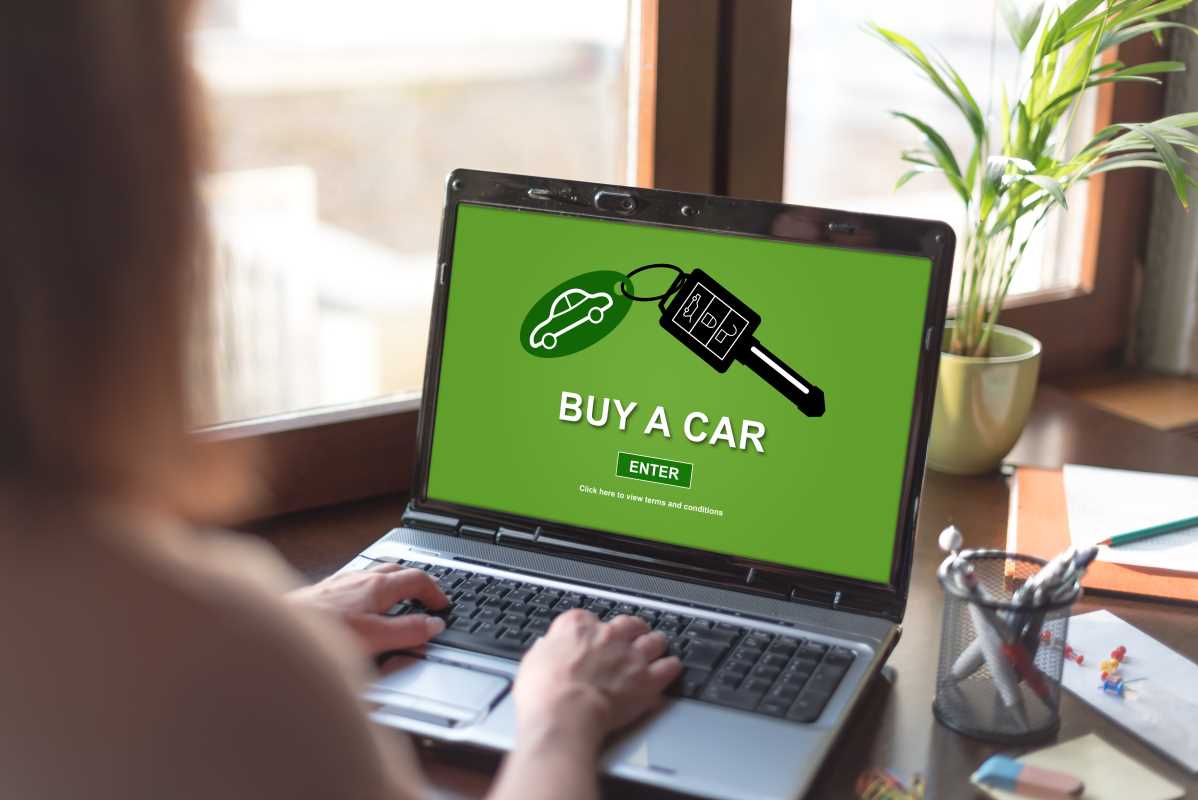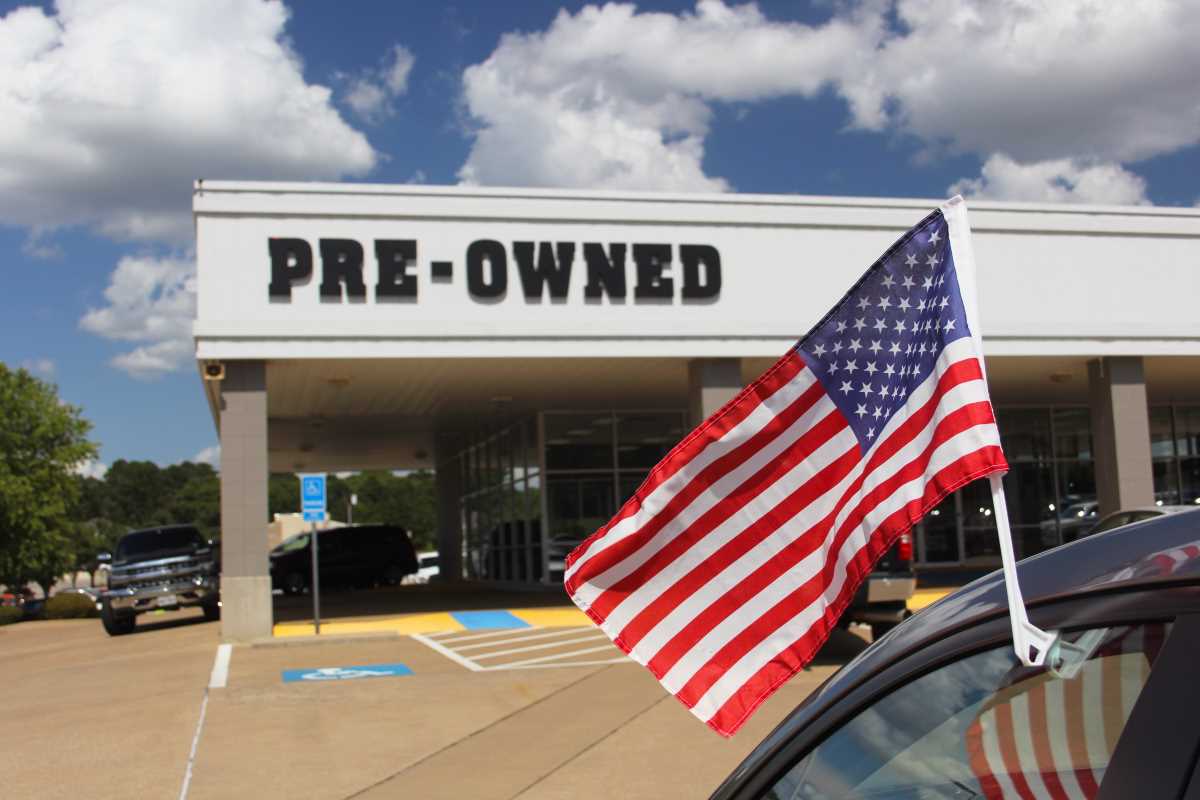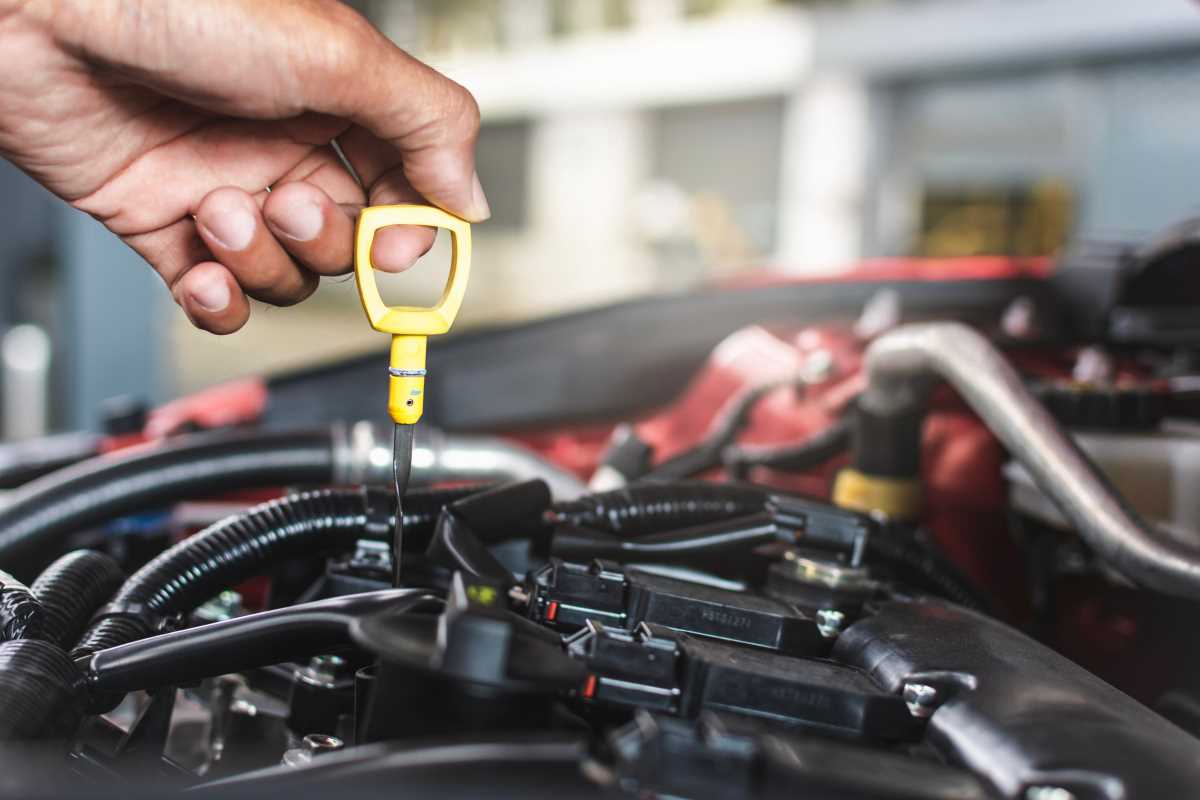Shopping for a car, especially a used one, can feel overwhelming. Between finding the right make and model and figuring out what a fair price looks like, it’s enough to make your head spin. But here’s where online car pricing tools come in clutch. These tools can be your best friend when navigating the tricky waters of car buying or selling. They give you an inside look at market value, empower you to negotiate better deals, and help you avoid overpaying or undervaluing your ride. By learning how to use these tools effectively, you can take control of the process and feel confident in your decisions. Here's how you can use online car pricing tools to your advantage.
Why Car Pricing Tools Are a Game-Changer
If you’ve spent any time browsing cars online, you’ve probably noticed prices can vary wildly for the same make and model. That’s because pricing depends on several factors, like location, mileage, condition, and demand. Without the right data, it’s easy to overpay for a car or lowball yourself if you're selling. Online tools like Kelley Blue Book, Edmunds, and NADAguides serve as a guide to help you better understand a car’s true market value. These resources gather data from thousands of dealerships, private sellers, and manufacturers to provide an accurate range for what a car is worth.
The real power of these tools is in the transparency they bring to the buying or selling process. You’re no longer at the mercy of a slick-talking dealer or a determined buyer trying to haggle you down. By using these tools, you gain access to the same information they have, leveling the playing field and making you a smarter shopper or seller.
Finding the Value of a Used Car
Determining a car’s value starts with entering basic information into the tool. Most pricing sites will ask for the car’s make, model, year, body style, and mileage. Some might even factor in color or specific trim packages. Once you’ve entered the details, the tool works its magic, calculating an estimated price range based on the data it pulls from the market. This range often includes both private party values (what you can expect from a direct buyer) and dealership trade-in estimates.
For example, imagine you’re interested in a 2018 Honda Accord with 40,000 miles on it. Plugging those details into one of these tools might give you a range of $20,000 to $22,500, depending on its condition. This information arms you with realistic expectations and gives you the confidence to walk away from unfair deals. If a dealership tries to sell you the same car for $25,000, you’ll know it’s overpriced.
Negotiating Like a Pro With Pricing Data
One of the most frustrating parts of buying or selling a car is negotiating. For buyers, you want the best price, but sellers are often firm on theirs. For sellers, having someone constantly trying to haggle down your asking amount can be exhausting. This is where car pricing tools are golden. They provide a data-backed starting point for negotiations, so both parties have a clear idea of what’s fair.
Say you’re trying to sell your 2015 Toyota Camry. A pricing tool shows its market value is between $12,000 and $14,000, depending on condition. By listing your car for $14,000 and showing potential buyers the justification behind your price, you can justify sticking closer to the higher end of the range. On the flip side, if you’re shopping, showing a seller that their price is above the typical market value can encourage them to lower their offer.
Considering Factors That Change a Car's Value
While pricing tools are amazing for giving you a ballpark range, specific factors can raise or lower a car’s worth. For example, location plays a massive part in pricing. A convertible might fetch a higher price in a sunny state like California but retain less value in snowy Maine. Similarly, fuel-efficient cars are more appealing when gas prices spike, meaning their value can temporarily increase.
Mileage and condition are two major variables these tools consider. Lower-mileage cars tend to hold more value since they’ve experienced less wear and tear. Tools typically provide price adjustments depending on whether the car is in “excellent,” “good,” or “fair” condition. An “excellent” rating typically means the car looks practically new, while “fair” might mean it’s got some cosmetic damage or small mechanical issues.
Tracking Trends for the Best Deals
One advantage of online car pricing tools is their ability to help you track market trends. Prices can fluctuate based on the time of year or overall car market conditions. For instance, SUVs often sell for higher prices during the fall and winter months because more people are looking for something that handles snowy or slippery roads. Meanwhile, sports cars or convertibles might be priced higher in the spring or summer.
By using pricing tools regularly, you can pick up on these patterns and time your purchase or sale to get the best price. Some sites even allow you to set up alerts for specific models, letting you know when prices drop or when a car you’re eyeing is listed within your budget. This helps you stay informed without obsessively checking listings.
How to Cross-Check Prices for Accuracy
While online tools are helpful, it’s still a good idea to cross-check prices across multiple platforms. Different sites may give slightly different values based on the data they collect and how they calculate prices. For instance, Kelley Blue Book might lean more favorably toward dealer pricing, while a site like Edmunds may provide more buyer-focused data. Comparing values from at least two or three tools ensures you’re getting a full picture.
For an even deeper understanding, check actual car listings for the model you’re researching. Look for similar vehicles on popular buying platforms like Autotrader, Craigslist, or Carvana to see real-world prices. Combining the numbers from online pricing tools with current listings gives you a better sense of whether a car is priced fairly or not.
Understanding Certified Pre-Owned vs. Private Sale Pricing
Lastly, it’s important to understand why certified pre-owned (CPO) vehicles often cost more than prices shown by online tools. A CPO car typically goes through a rigorous inspection process and comes with extended warranties, which add value but also increase the price. Private sale pricing tends to be lower since you don’t get the same guarantees.
When using online pricing tools, remember to filter for the type of sale you’re considering. If you’re buying a certified vehicle but using private-party numbers as your pricing standard, you might think you’re overpaying even when you’re not. Similarly, if you're buying directly from an owner and see prices that seem steep, you’ll know to stick firm with lower offers.
Online car pricing tools can be your ultimate sidekick when navigating the buying or selling process. With a little practice and patience, they’ll save you time and money while making you one smart shopper. </Content>







